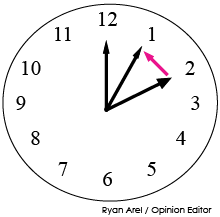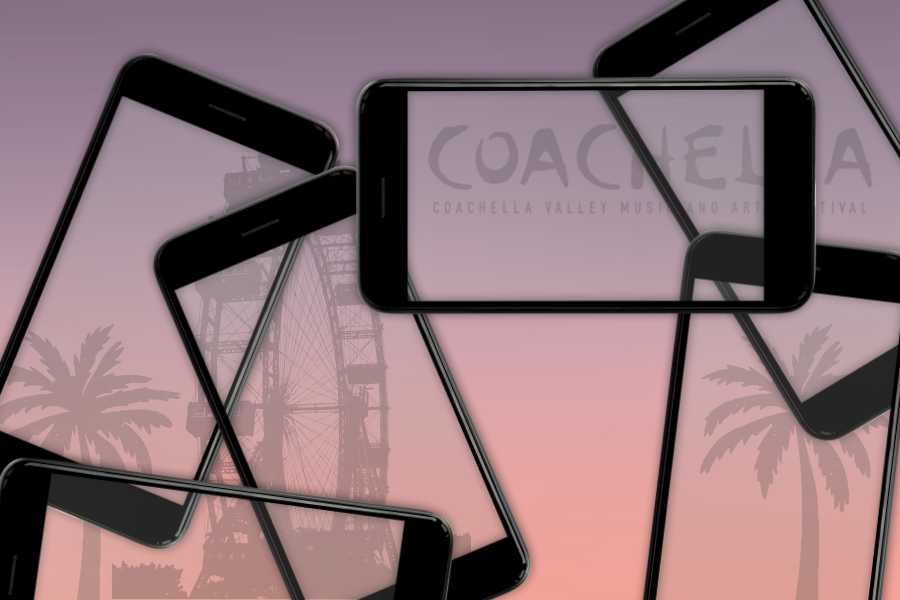
As the first days of Standard Time come to an end, many wonder why we subject ourselves to less sunlight during the cold and otherwise dark days of winter. A growing debate regarding the continued use of daylight saving time (DST) trends this time of year due to the abrupt reduction in sunlight.
But many are unaware of the consequences shifting time around can have on our health. Something needs to change, and it’s not the clocks. Ending the practice altogether may be the easiest and wisest option.
First — although this goes without saying — changing clocks around does not affect sunlight or temperature. This has to do with the Earth’s position on its axis tilting, as it does every year around this time. Next, DST affects other regions in the country differently, so not everyone would agree about its cessation or prolongation. While New Englanders enjoy long hot summer days, regions with more arid climates, namely New Mexico, West Texas and so on, get enough sunlight as it is.
From the first Sunday in November until the second Sunday in March, the United States observes Standard Time. The time in between, coinciding with the summer period, is referred to as DST.
No, it was not farmers who started this, but an entomologist — a bug scientist — George Hudson. The Washington Post says Hudson proposed this idea in New Zealand in 1895, wanting more sunlight during the day, allowing him more time to study bugs outside. Yet, it was not until 1916 when Germany took that idea and became the first country to implement DST nationwide. This was in an effort to conserve energy to use for the war instead.
To a degree, this shift was effective. Longer periods of daylight in the summer coupled with the warmer temperatures made people opt to spend more time outside, thus relying less on energy dependent technology like light bulbs and fans. With the same conservation goals in mind other nations followed suit, including the U.S. where DST largely remains in practice today.
Yet, maybe unsurprisingly, DST does not offer much benefit today than it did 100 years ago. According to a U.S. Department of Energy study that took place in 2007, moving clocks forward results in an insignificant amount of energy conservation. In a 2008 National Bureau of Economic Research study, the daily average of savings per household in Indiana was only $2.93. They concluded that other states would have marginal difference based on the number of households. It is also important to know that despite all the energy-dependent technologies Americans enjoy like televisions, computers, smartphones and air conditioners, there has been great innovative progress in reducing the amount of energy these devices consume.
More alarmingly, when clocks are set forward an hour in the spring, there are some unsettling results. A 5% increase in heart attacks occur on the first day of DST in observing nations, as reported by the American Journal of Cardiology and National Institute of Health.
Furthermore, Director of Sleep Medicine at Harvard School of Medicine Dr. Charles Czeisler states there is an increase of 6-17% in car accidents. Other facets of life suffer too. School and work performance, suicide rates, alertness and memory are all negatively affected by this seemingly harmless one hour shift that robs us of our sleep.
Oddly enough, even with all this information, the U.S. federal government says that any state may cease the use of DST at any point. Massachusetts is currently working to end DST, but it is uncertain if and when this will happen.
This is why states and territories near the equator such as Hawaii, Puerto Rico, the U.S. Virgin Islands and most of Arizona have chosen this path as sunlight is not in short supply. DST is not popular around most of the world either; about 35% of all countries practice DST according to National Geographic.
There are options like adjusting your sleep schedule to ease into DST or shifting around school and work hours accordingly, but the easiest option would be to drop it all together.







